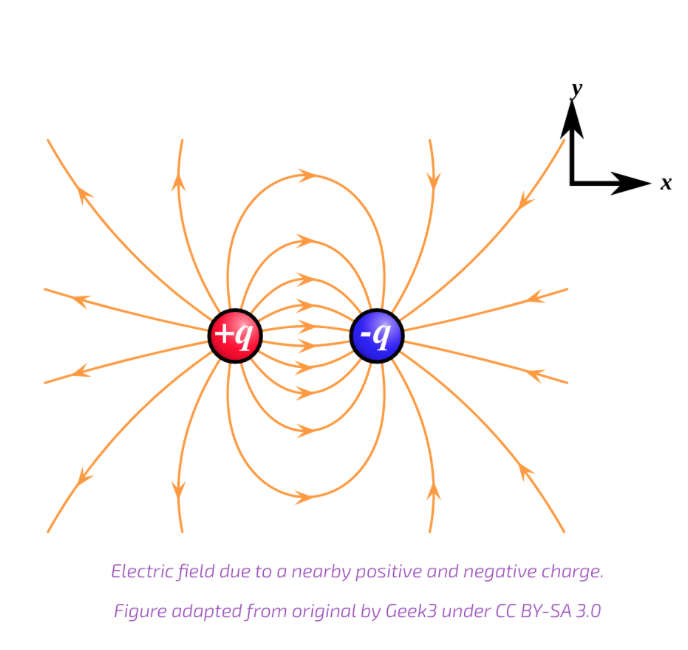Peter Apps
AP Physics 1 🎡
257 resourcesSee Units
As of 2021, College Board only tests Units 1-7 on the AP Physics 1 exam. This page's content will not be tested on the exam, but we kept it online for you all as a resource.
Enduring Understanding 5.A
Certain quantities are conserved, in the sense that the changes of those quantities in a given system are always equal to the transfer of that quantity to or from the system by all possible interactions with other systems.
Enduring Understanding 1.B
Electric charge is a property of an object or a system that affects its interactions with other objects or systems containing charge.
Essential Knowledge 1.B.2
There are only two kinds of electric charge. Neutral objects or systems contain equal quantities of positive and negative charge, with the exception of some fundamental particles that have no electric charge.
Interactions with Other Objects
Charged objects will attract or repel other objects. These interactions follow a simple rule: Likes Repel, Opposites Attract. If two objects have similar charges (both negative or both positive) they will repel each other. If the objects have opposite charges (one positive and one negative) they will attract each other. A neutral object will always be attracted to a charged object. To explore why this is, check out this PhET simulation.
Electric Fields
Note: AP Physics 1 doesn’t cover the idea of electric fields. This is included as a basis for discussing electric force in the next key idea. AP Physics 2 goes into much greater depth with electric and magnetic fields.
The region around a charged object can be described by an electric field. Electric field lines show the direction a positive charge will travel when placed near the charged object. If placed near a positive object it will be repelled, therefore the electric field lines point away from a positive object.
Likewise, the test charge will be attracted to a negative object and the field lines will point in. This is useful in visualizing the direction the electrostatic force will be acting in. The images below show some common arrangements, or check out this PhET simulation and create your own.

🎥Watch: AP Physics 1 - Unit 8 Streams
Browse Study Guides By Unit
👟Unit 1 – Kinematics
🌀Unit 2 – Dynamics
🚀Unit 3 – Circular Motion & Gravitation
⚡️Unit 4 – Energy
⛳️Unit 5 – Momentum
🎸Unit 6 – Simple Harmonic Motion
🎡Unit 7 – Torque & Rotational Motion
💡Unit 8 – Electric Charges & Electric Force
🔋Unit 9 – DC Circuits
🔊Unit 10 – Mechanical Waves & Sound
📚Study Tools
🧐Exam Skills

Fiveable
Resources
© 2025 Fiveable Inc. All rights reserved.